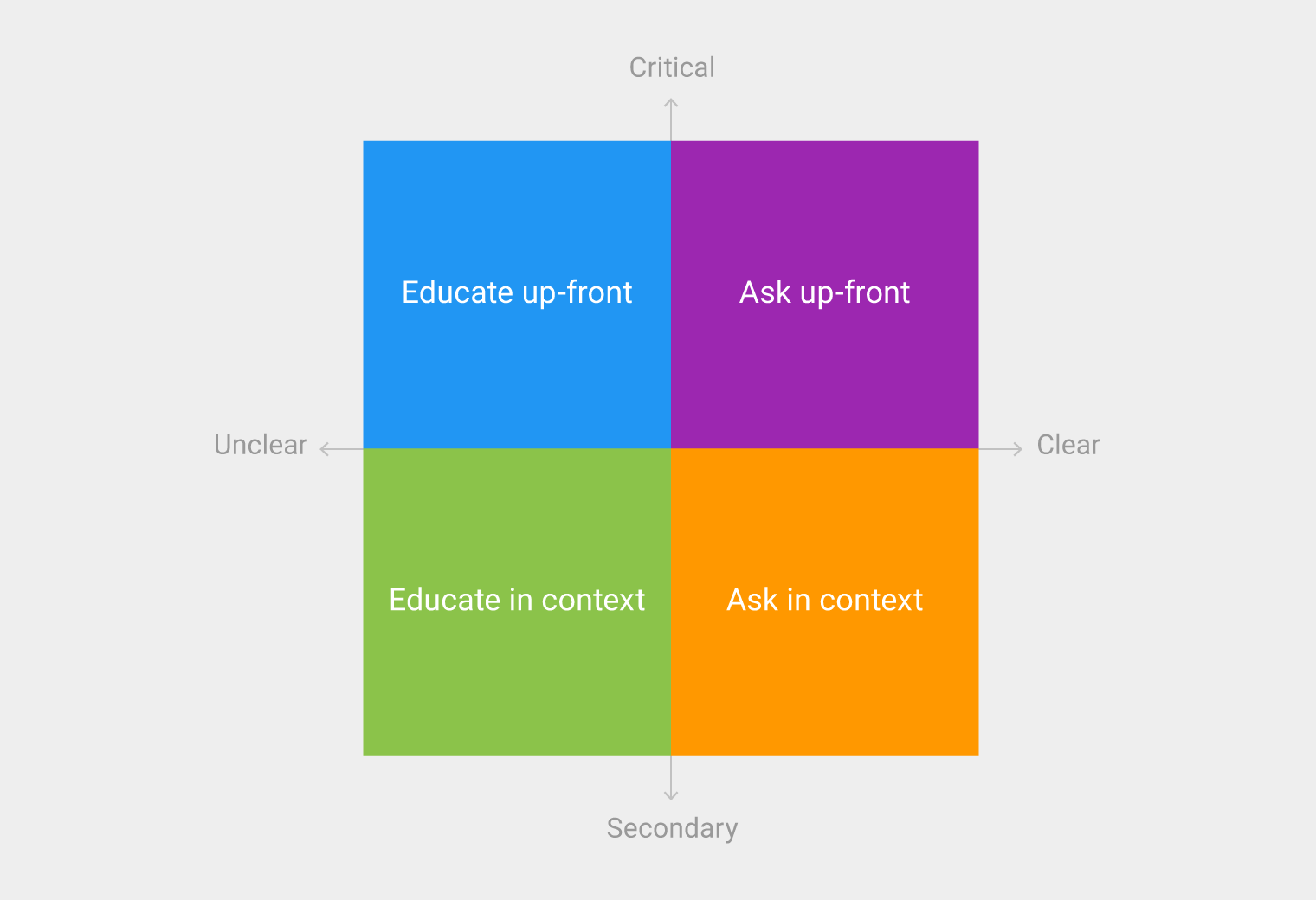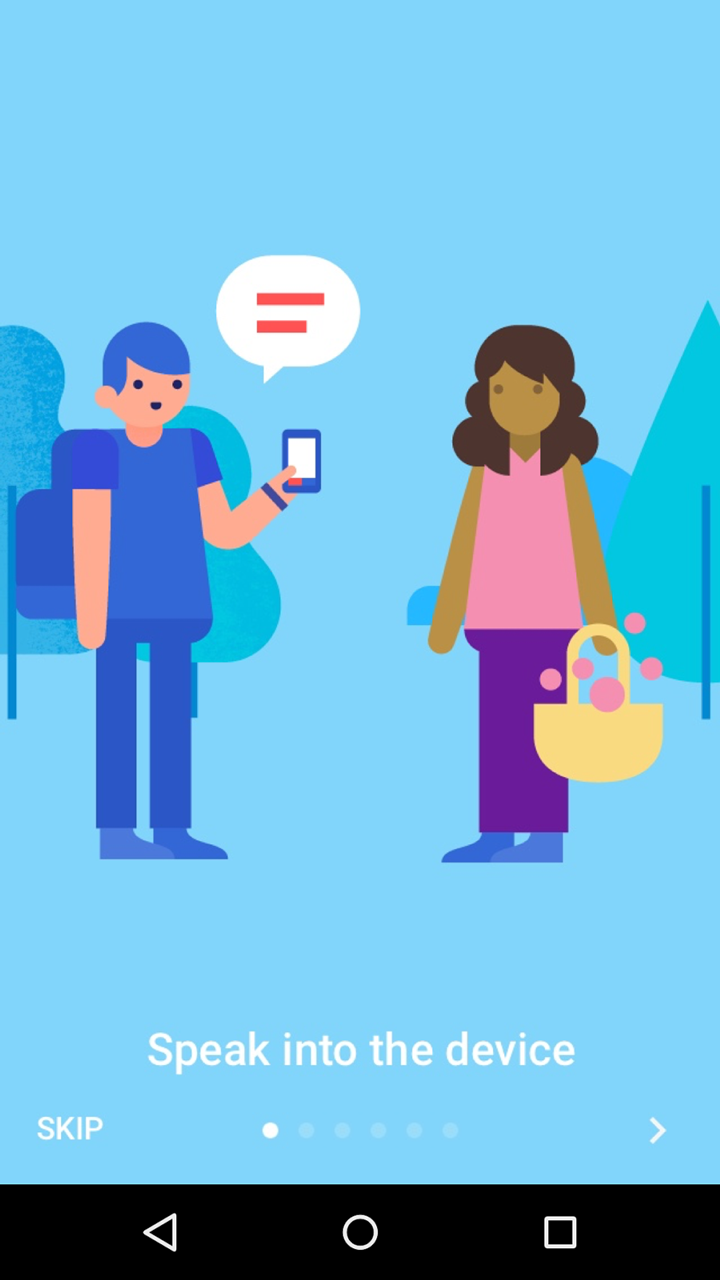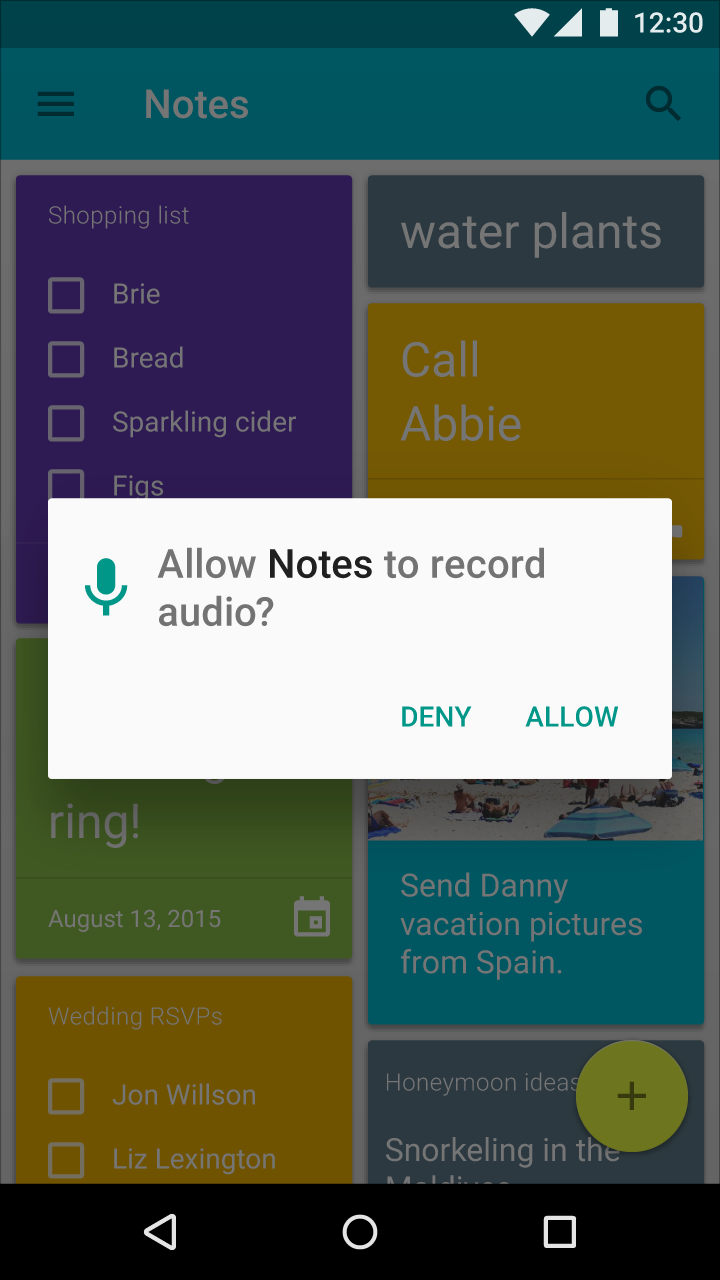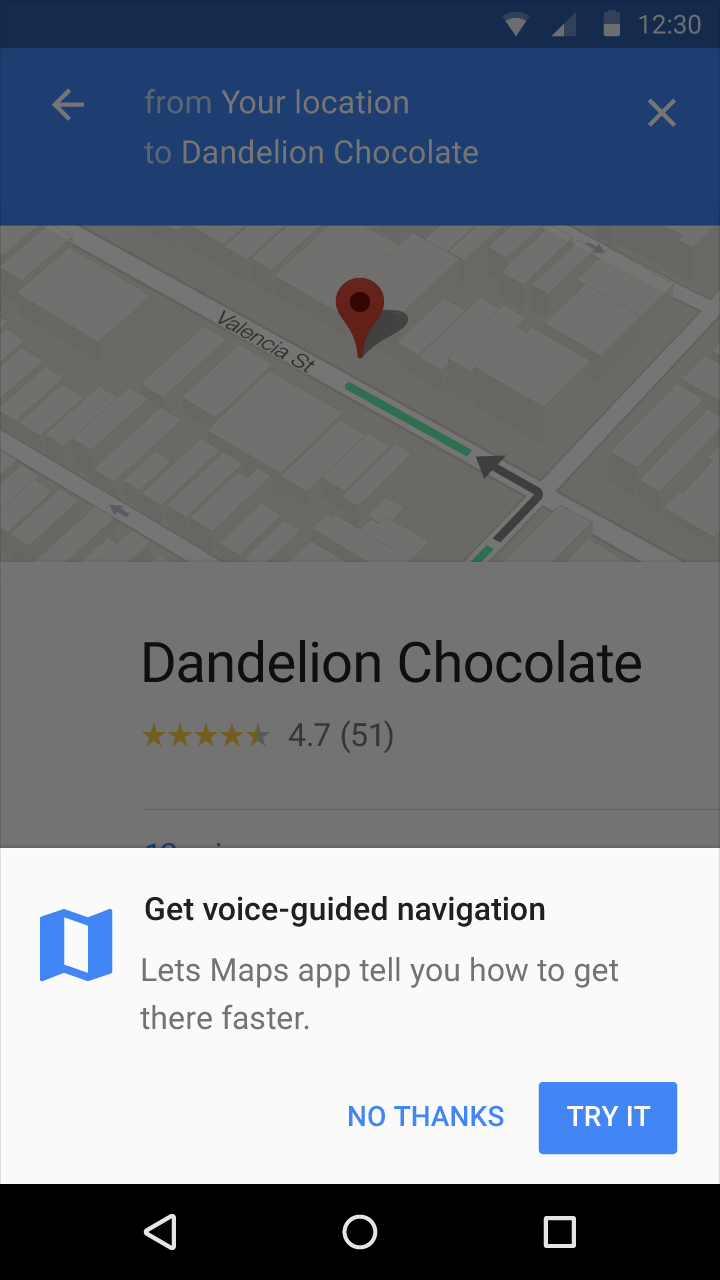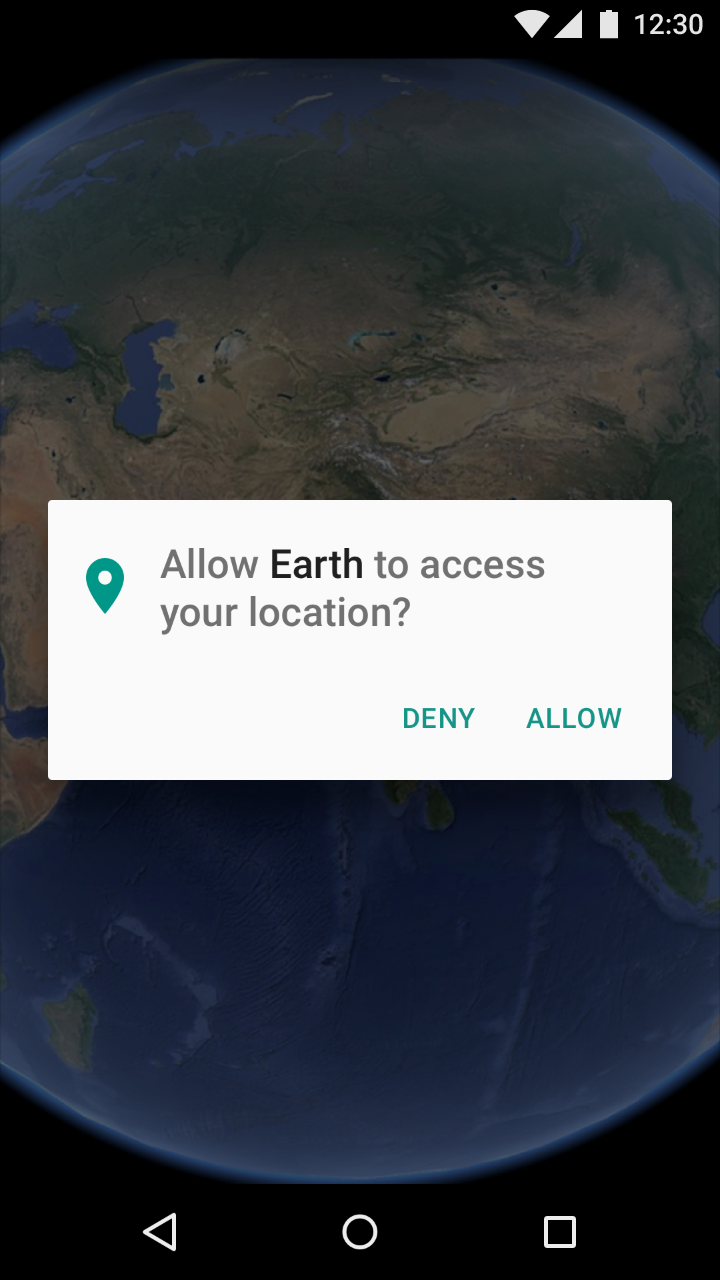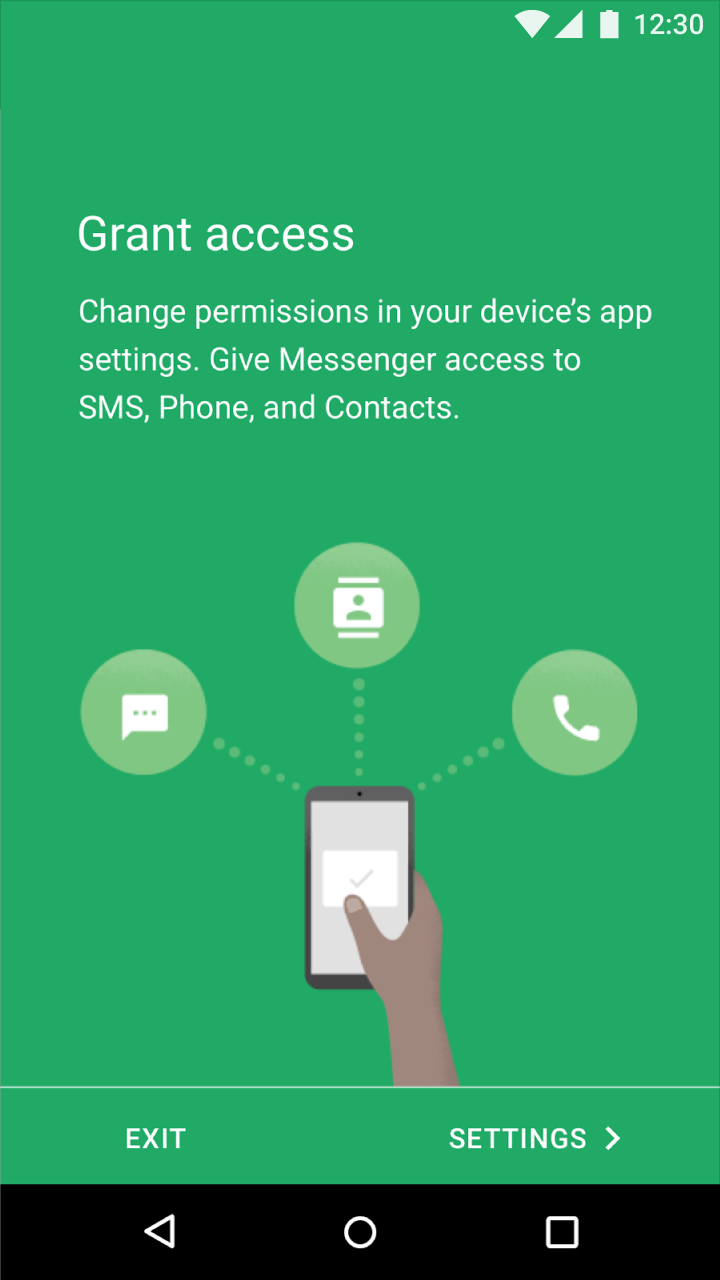Permission requests should be simple, transparent, and understandable.
Apps should clarify why each permission request is needed, either through the feature name or an explanation provided.
Runtime permissions are requested at the moment a user needs to perform an action in an app.
Denied permissions should provide feedback and options.
Types of permissions
Educate before asking
Ask up-front
Ask in context
Educate in context
Provide an immediate benefit
Only ask for relevant permissions



